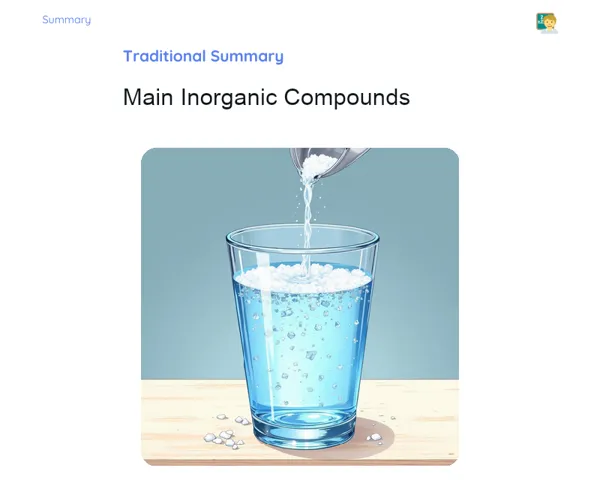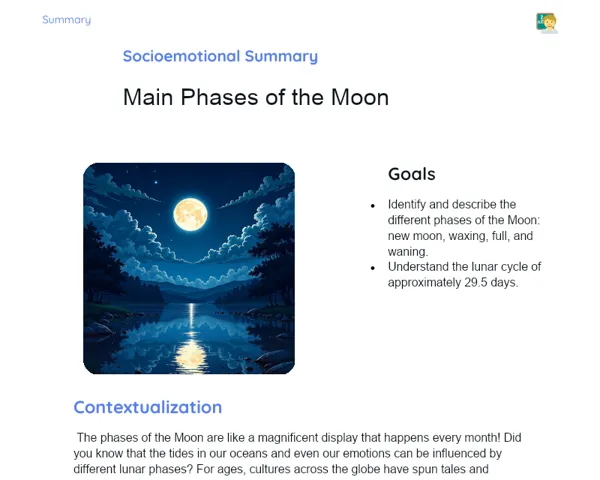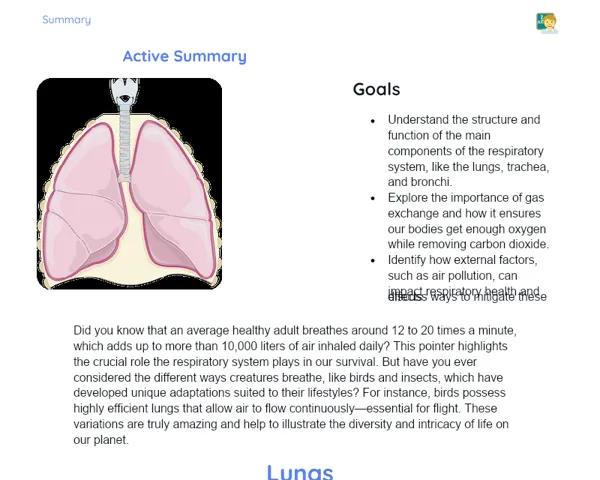Socioemotional Summary Conclusion
Goals
1. Understand the life cycle of food production through microorganisms, especially focusing on yeast in bread-making.
2. Enhance socio-emotional skills by exploring the feelings associated with scientific learning.
Contextualization
Did you know that those tiny beings we can’t see work magic by transforming simple ingredients into tasty foods like bread, cheese, and yogurt? 🌟 These microorganisms are the true wizards of nature! 🧙♂️✨ Let’s embark on a journey to discover how these tiny wonders operate and learn from them to improve our skills and emotional intelligence! 🚀💡
Exercising Your Knowledge
Microorganisms
Microorganisms are minute living entities, invisible to us, yet they play a vital role in sustaining life on our planet. They're found all around us: in the air, water, soil, and even within our bodies. While many of these microorganisms are beneficial, some can lead to illness. However, it’s crucial to acknowledge their importance in ecology and food production.
-
There are several types of microorganisms, including bacteria, fungi, and viruses.
-
Microorganisms showcase an incredible variety of forms and life processes.
-
They perform essential functions such as breaking down organic matter, fixing nitrogen, and producing oxygen.
Yeasts
Yeasts are unicellular fungi that are vital in the fermentation process, where they convert sugars into alcohol and carbon dioxide. They play a significant role in making various food items and beverages, such as breads, beers, and wines. Yeasts not only influence the taste and texture of our food but also have an intriguing life cycle that requires specific conditions to thrive.
-
Yeasts perform alcoholic fermentation, transforming sugars into alcohol and carbon dioxide.
-
In bread making, yeasts are responsible for the dough rising by producing carbon dioxide.
-
They need particular conditions for growth, including suitable temperature, pH, and nutrients.
Fermentation
Fermentation is a metabolic action by which microorganisms convert organic materials, like sugars, into various products such as alcohol and acids. This process is crucial for producing many of our favorite foods and drinks. There are two main types of fermentation: alcoholic and lactic, each with unique characteristics and uses.
-
Alcoholic fermentation: performed by yeasts, converts sugars into alcohol and carbon dioxide, commonly used in bread and alcohol production.
-
Lactic fermentation: carried out by lactic acid bacteria, converts sugars into lactic acid, used in items like yogurt and cheese.
-
Fermentation not only preserves food but enhances its flavor and boosts its nutritional content.
Key Terms
-
Microorganisms: Tiny living entities, invisible to the naked eye.
-
Yeasts: Unicellular fungi responsible for alcoholic fermentation.
-
Fermentation: Biological process that changes sugars into alcohol or acids.
-
Alcoholic Fermentation: A type of fermentation conducted by yeasts.
-
Lactic Fermentation: A type of fermentation conducted by lactic acid bacteria.
For Reflection
-
How do you feel knowing these tiny beings have such a significant influence on our everyday lives? 🌍⚖️
-
Can you see how science and technology can elevate our quality of life and encourage healthy eating habits? 🍎🧬
-
How can you incorporate what you've learned about microorganisms and fermentation into other aspects of your life? 🌿🔍
Important Conclusions
-
Microorganisms are indispensable to our existence, particularly in producing foods like bread, cheese, and yogurt. 🌾🧀
-
Yeasts, a type of unicellular fungus, are crucial in fermentation, converting sugars into alcohol and carbon dioxide, which makes our bread rise. 🍞✨
-
Gaining knowledge about these processes allows us to see how science impacts our daily lives and empowers us to make more informed and responsible choices. 🧠🌱
Impacts on Society
The science of fermentation influences our everyday lives directly. When we enjoy fresh bread or yogurt, we are relishing the invisible contributions of microorganisms. 🍞🧉 They not only enhance the taste and texture of our meals but can also improve their nutritional value and shelf-life. Furthermore, food produced through microorganisms promotes sustainable farming practices and reduces reliance on chemical additives. 🌍💚 This understanding can inspire us to pursue healthier and more mindful eating habits, while respecting our environment and the intricate web of life that surrounds us.
Dealing with Emotions
As you navigate through this lesson, try the RULER method for managing emotions: Pause and recognize how you're feeling when an emotion arises. 🎯 Understand the cause and effects of that emotion. 🧩 Identify it, whether it’s happiness, frustration, or curiosity. 🌈 Express it appropriately, perhaps through journaling or chatting with a friend. 💬 Finally, regulate your emotions by using methods like deep breathing, visualization, or simply taking a moment to reflect. 🌬️🧘
Study Tips
-
Maintain an observation journal: Document your findings and feelings during any experiments you conduct at home. This will help you grasp the process and your reactions more comprehensively. 📔✏️
-
Engage in further research: Look up videos, articles, and books regarding microorganisms and fermentation to broaden your understanding. The more you learn, the more captivating the subject becomes! 📚🔍
-
Share your knowledge: Discuss with your family and friends the ways microorganisms influence our daily lives. Teaching others is an excellent way to reinforce your understanding. 🗣️👥



